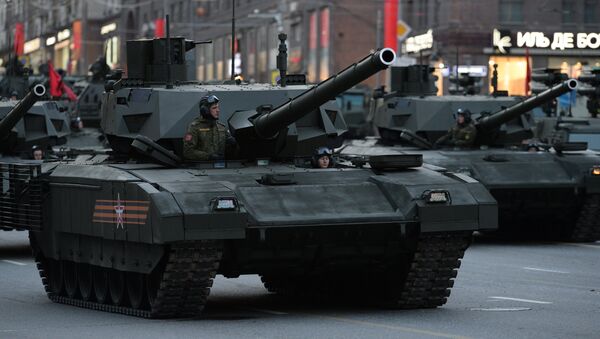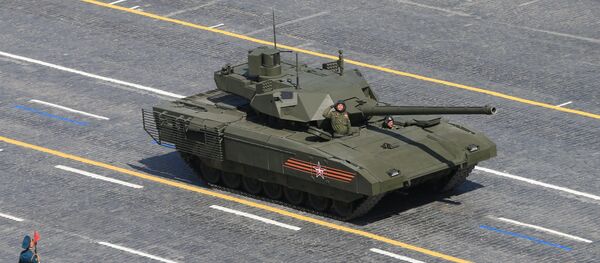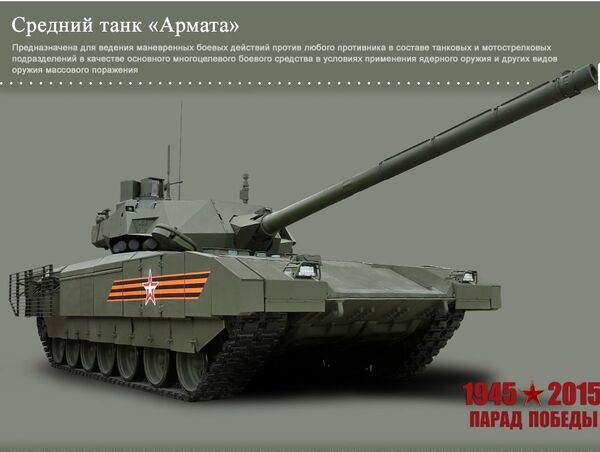"There really is interest, despite the fact that the equipment is expensive," said Vladimir Kozhin, an aide to Russian President Vladimir Putin. "To a large extent, it is our traditional partners: India, China and South-East Asia."
The need for China makes sense. Its main battle tank, the Type 99, is still a derivative of the old Soviet T-72 main battle tank, with a design that stretches back to the mid-1980s, The National Interest wrote.
Delhi also uses other tanks such as the indigenously produced Arjun Mark-1 tank. These have proven unreliable at times, however.
Indeed, back in May India announced that most of its Mark-1 tank fleet had been grounded due to technical problems with its transmission system, targeting and thermal sights.
India also operates 118 domestically built Mark-2 tanks, which feature a number of improvements over the Mark-1. The Mark-2 tanks have also reportedly performed well when pitted against the Russian-built T-90s.
Still, the T-14 Armata battle tank would offer both India and China a significant upgrade.
"The main battle tank configuration of the Armata has several strong points. It has a modern armor system, an unmanned turret, and a crew compartment protected from the most common types of enemy fire. The emphasis on crew protection comes, as many have noted, as part of a new Russian focus on the protection of professional soldiers," Robert Farley an expert on military doctrine, national security, and maritime affairs, told The National Interest.
"The flexibility of the Armata frame gives it a chance on the export market. Different customers have different needs, and the Armata has the potential to solve a lot of problems. This is particularly the case given that the Armata family is, like the Merkava it’s based on, designed to operate across the combat spectrum."
"Armies needing low-intensity combat options could use the Armata in some of its configurations, while armies needing a serious, conventional main battle tank could still find much to like," he added.




